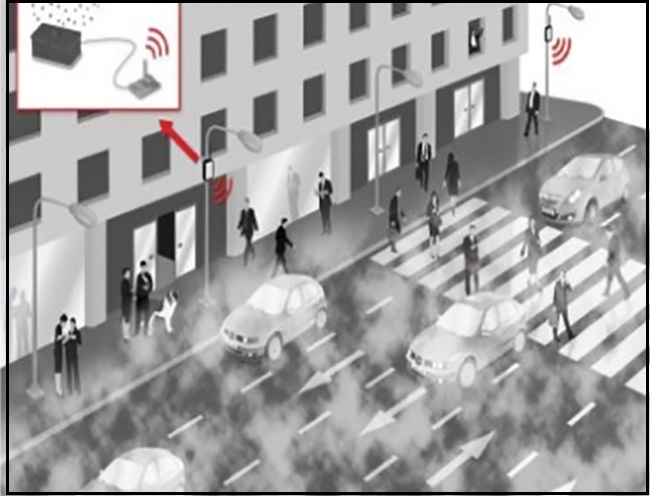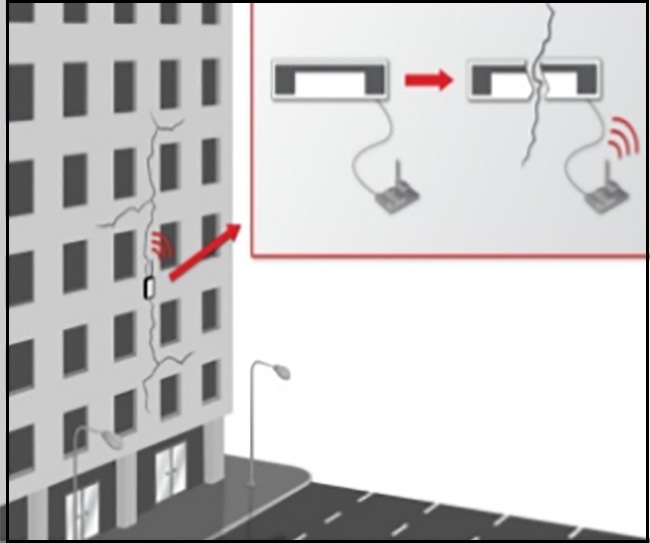Smart Buildings
Smart buildings utilize different systems to ensure safety and security of buildings, maintenance of assets and overall health of the surrounding. A solid technology foundation for smart buildings, with the growing number of smart building devices, applications, and solution providers, choosing the right technology foundation is critical. Leading equipment manufacturers and systems integrators rely on the IoT Technology to deliver smart building solutions that are secure, scalable, and interruptible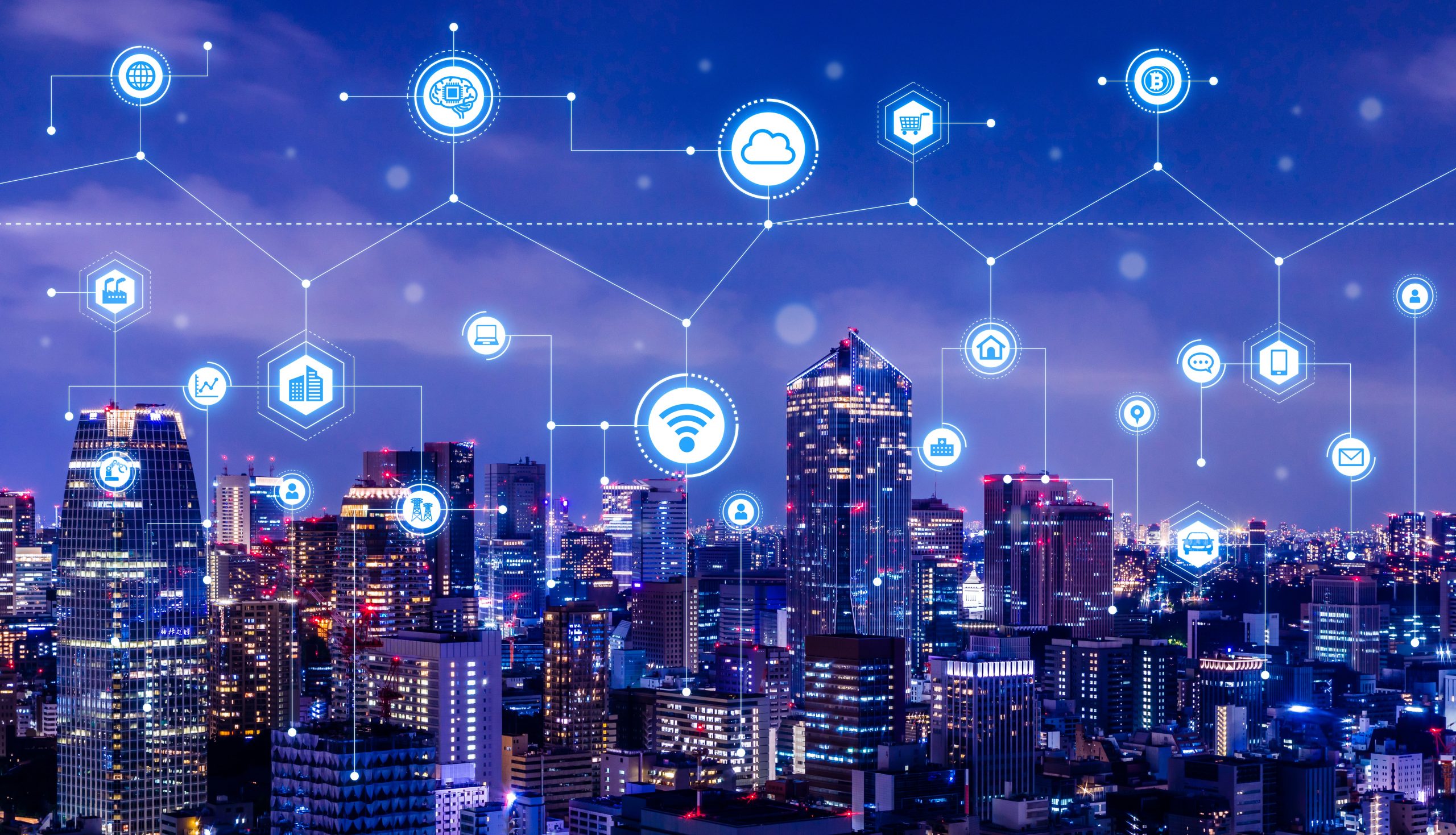
1. Safety & Security Systems:

These include implementing remote monitoring, biometrics, IP surveillance cameras, and wireless alarms to reduce unauthorized access to buildings and chances of thefts. It also includes utilizing Perimeter Access Control to stop access to restricted areas of the property and detect people in non-authorized areas.
The main attraction of any automated system using the Internet of Things (IoT) is to reduce human labour, effort, time and errors due to human negligence. Managing the security of people in a public space is very important in the smart cities. The challenge is to find a system that offers many security solutions at the same time.
2. Smart Garden & Sprinkler System:
Smart sprinkler system synced with connected technologies and cloud can be used to water plants with the assurance that plants get the right amount of water. Smart garden devices can also perform tasks such as measuring soil moisture and levels of fertilizer, helping the city authorities to save on water bill (smart sprinkler devices use weather reports and automatically adjust their schedule to stay off when it rains), and keep the grass from overgrowing in a convenient way (robot lawnmowers).
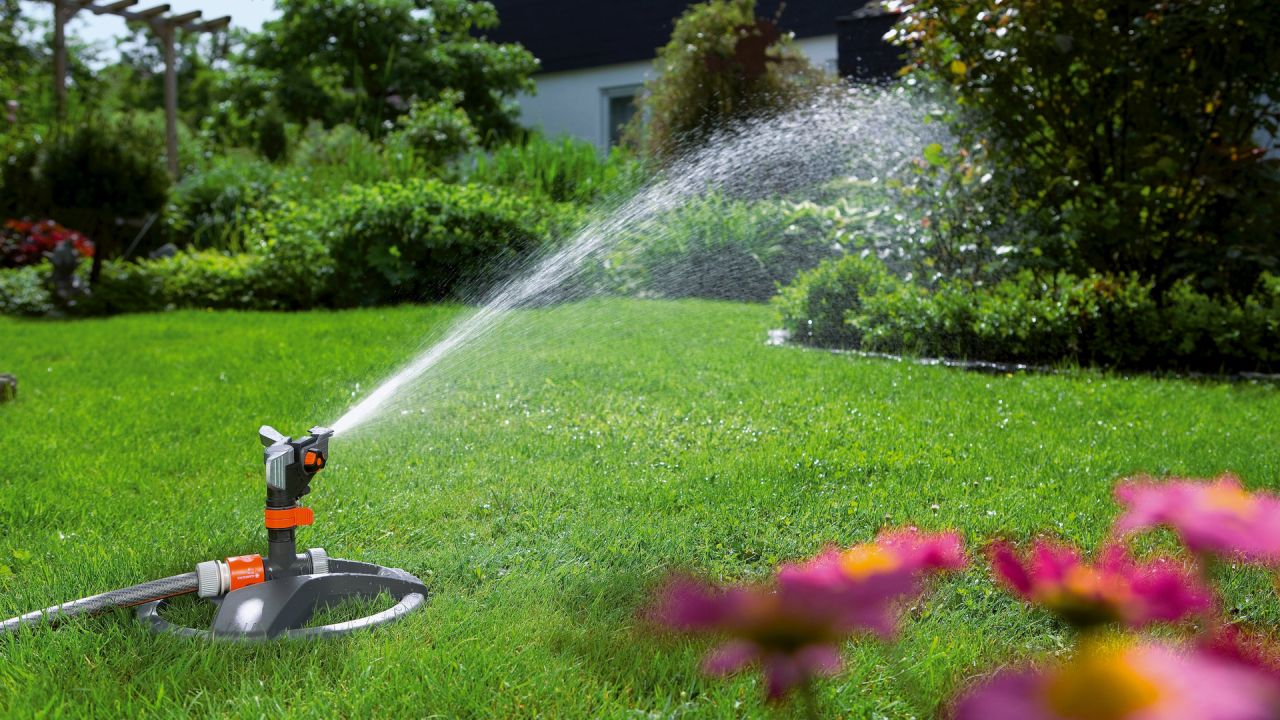
3. Smart Heating & Ventilation:
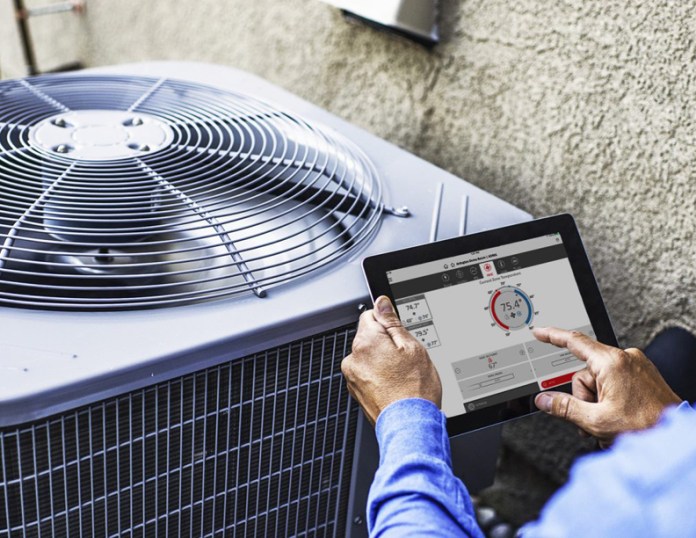
HVAC (Heating, Ventilation and AirConditioning) is the technology of indoor and automotive environmental comfort. Smart heating and ventilation systems monitor various parameters such as temperature, pressure, vibration, humidity of the buildings and properties such as movie theatres, and historical monuments. Wireless sensor network deployment is the key to ensuring appropriate heating and ventilation. These sensors also collect data to optimize the HVAC systems, improving their efficiency and performance in the buildings.
Smart Industrial Environment
Industrial environments present unique opportunities for developing applications associated with the Internet of things and connected technologies which can be utilized in the following areas:- Forest Fire Detection: Helps in monitoring of combustion gases and preemptive fire conditions to define alert zones.
- Air/Noise Pollution: Helps in controlling of CO2 emissions of factories, pollution emitted by cars and toxic gases generated on farms.
- Snow Level Monitoring: Helps in identifying the real-time condition of ski tracks, allowing security corporations for avalanche prevention.
- Landslide and Avalanche Avoidance: Helps in monitoring of soil moisture, earth density, as well as vibrations to identify dangerous patterns in land conditions.
- Earthquake Early Detection: Helps in detecting the chances of tremors by utilizing distributed controls at specific places of tremors.
- Liquid Presence: Helps in detecting the presence of liquid in data centers, building grounds, and warehouses to prevent breakdowns and corrosion.
- Radiation Levels: Helps in distributed measurement of radiation levels in nuclear power stations surroundings to generate leakage alerts.
- Explosive and Hazardous Gases: Helps in detecting gas levels and leakages in chemical factories, industrial environments, and inside mines.
